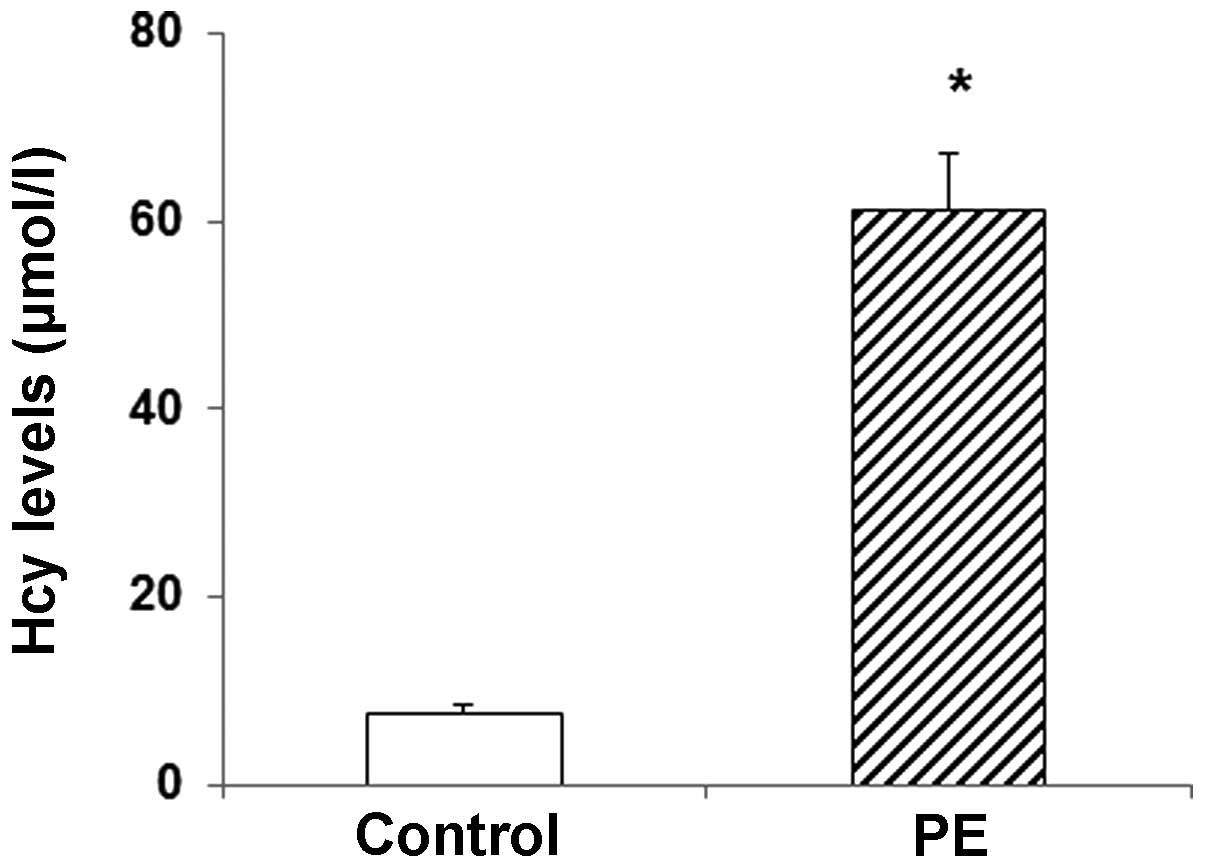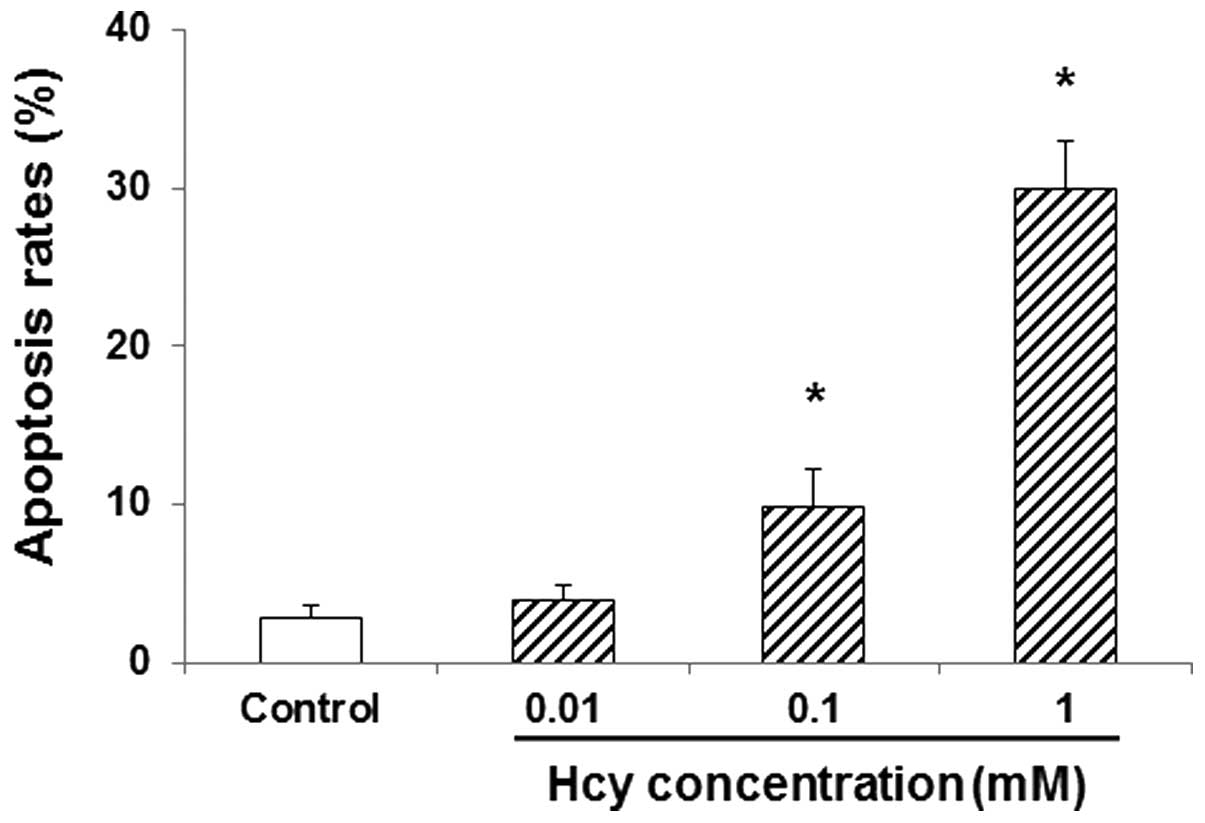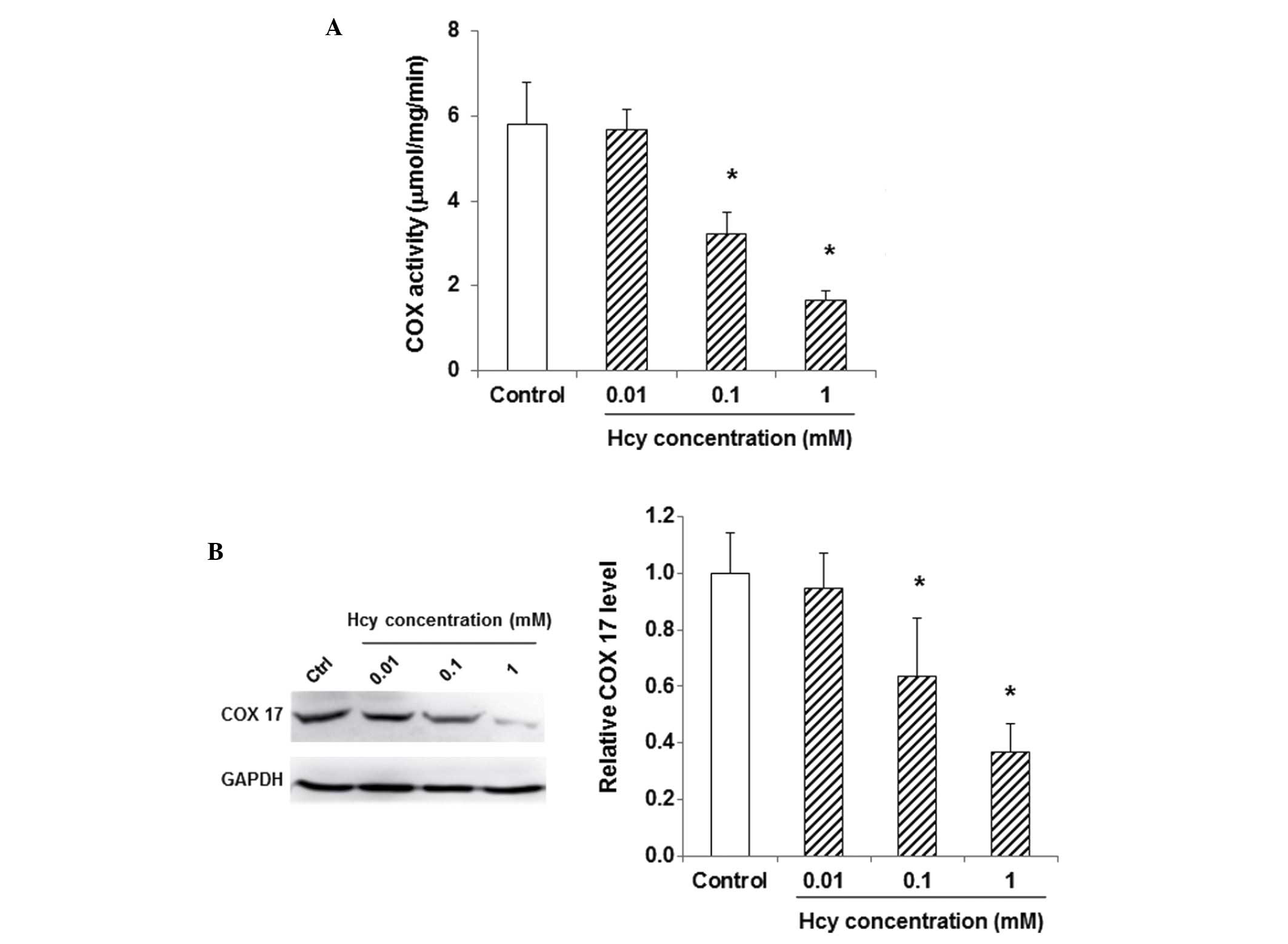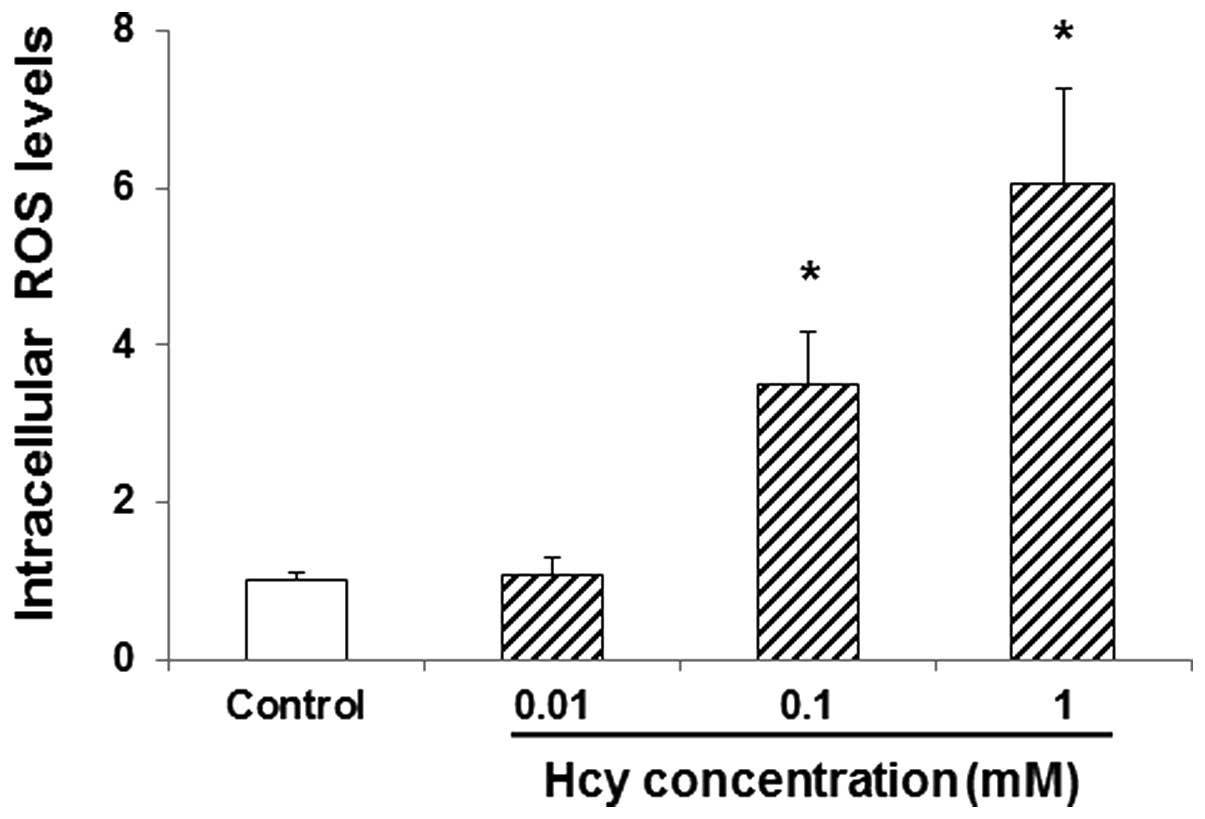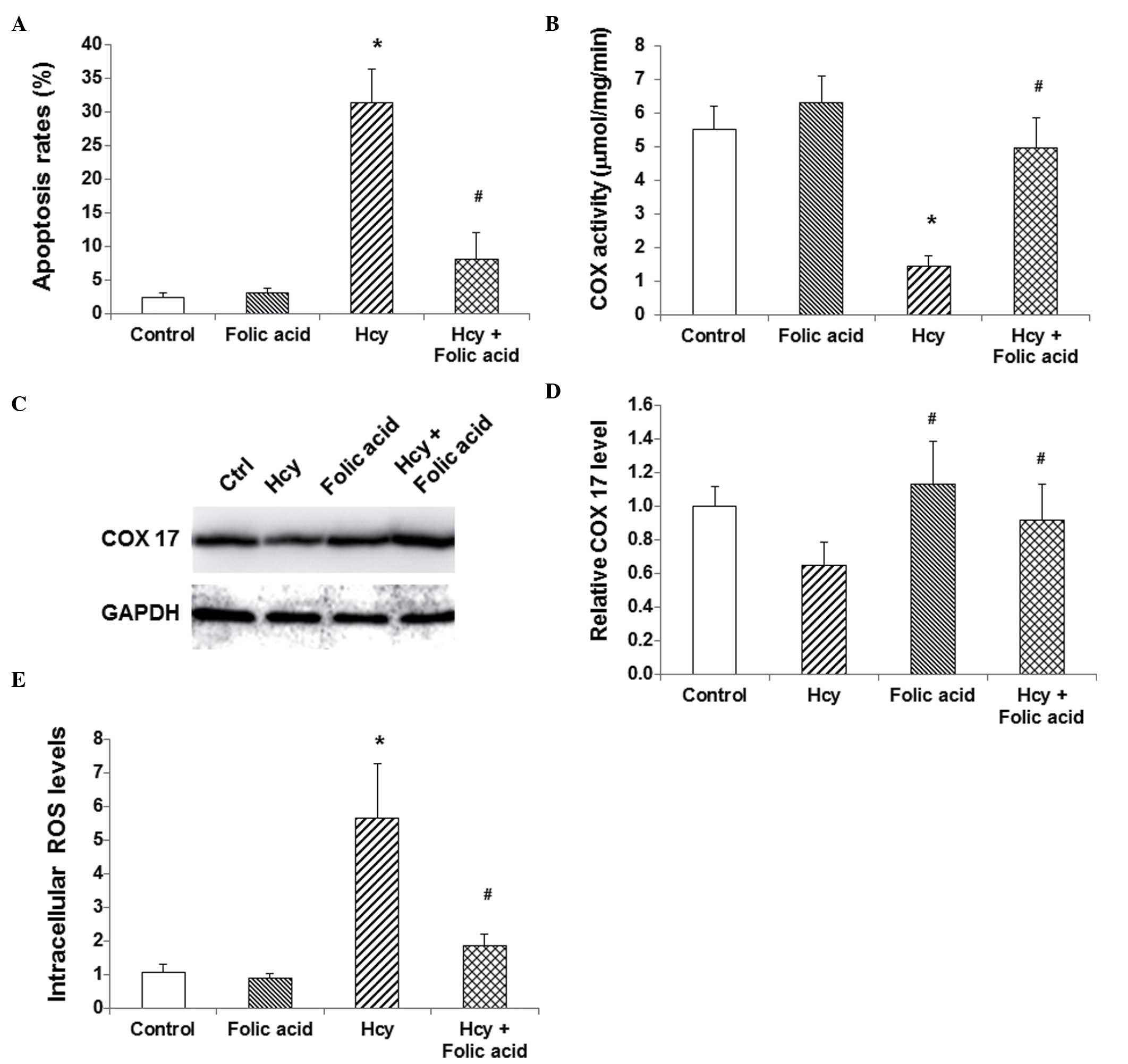|
1
|
de Miguel-Díez J, Jiménez-García R, de
Andrés A López, Hernández-Barrera V, Carrasco-Garrido P, Monreal M,
Jiménez D, Jara-Palomares L and Álvaro-Meca A: Analysis of
environmental risk factors for pulmonary embolism: A case-crossover
study (2001-2013). Eur J Intern Med. 31:55–61. 2016. View Article : Google Scholar : PubMed/NCBI
|
|
2
|
Heit JA: The epidemiology of venous
thromboembolism in the community: Implications for prevention and
management. J Thromb Thrombolysis. 21:23–29. 2006. View Article : Google Scholar : PubMed/NCBI
|
|
3
|
Tapson VF: Acute pulmonary embolism. N
Engl J Med. 358:1037–1052. 2008. View Article : Google Scholar : PubMed/NCBI
|
|
4
|
Chen P, Poddar R, Tipa EV, Dibello PM,
Moravec CD, Robinson K, Green R, Kruger WD, Garrow TA and Jacobsen
DW: Homocysteine metabolism in cardiovascular cells and tissues:
Implications for hyperhomocysteinemia and cardiovascular disease.
Adv Enzyme Regul. 39:93–109. 1999. View Article : Google Scholar : PubMed/NCBI
|
|
5
|
Jeremy JY, Shukla N, Angelini GD, Day A,
Wan IY, Talpahewa SP and Ascione R: Sustained increases of plasma
homocysteine, copper and serum ceruloplasmin after coronary artery
bypass grafting. Ann Thorac Surg. 74:1553–1557. 2002. View Article : Google Scholar : PubMed/NCBI
|
|
6
|
Karalezli A, Parlak ES, Kanbay A, Senturk
A and Hasanoglu HC: Homocysteine and serum-lipid levels in
pulmonary embolism. Clin Appl Thromb Hemost. 17:E186–E189. 2011.
View Article : Google Scholar : PubMed/NCBI
|
|
7
|
Köktürk N, Kanbay A, Aydoğdu M, Özyılmaz
E, Bukan N and Ekim N: Hyperhomocysteinemia prevalence among
patients with venous thromboembolism. Clin Appl Thromb Hemost.
17:487–493. 2011. View Article : Google Scholar : PubMed/NCBI
|
|
8
|
Okumus G, Kiyan E, Arseven O, Tabak L,
DizKucukkaya R, Unlucerci Y, Abaci N, Unaltuna NE and Issever H:
Hereditary thrombophilic risk factors and venous thromboembolism in
Istanbul, Turkey: The role in different clinical manifestations of
venous thromboembolism. Clin Appl Thromb Hemost. 14:168–173. 2008.
View Article : Google Scholar : PubMed/NCBI
|
|
9
|
SallesCrawley II, Monkman JH, Ahnström J,
Lane DA and Crawley JT: Vessel wall BAMBI contributes to hemostasis
and thrombus stability. Blood. 123:2873–2881. 2014. View Article : Google Scholar : PubMed/NCBI
|
|
10
|
Ren M, Li R, Luo M, Chen N, Deng X, Yan K,
Zeng M and Wu J: Endothelial cells but not platelets are the major
source of Toll-like receptor 4 in the arterial thrombosis and
tissue factor expression in mice. Am J Physiol Regul Integr Comp
Physiol. 307:R901–R907. 2014. View Article : Google Scholar : PubMed/NCBI
|
|
11
|
Mansoor MA, Bergmark C, Haswell SJ, Savage
IF, Evans PH, Berge RK, Svardal AM and Kristensen O: Correlation
between plasma total homocysteine and copper in patients with
peripheral vascular disease. Clin Chem. 46:385–391. 2000.PubMed/NCBI
|
|
12
|
Shukla N, Angelini GD and Jeremy JY:
Interactive effects of homocysteine and copper on angiogenesis in
porcine isolated saphenous vein. Ann Thorac Surg. 84:43–49. 2007.
View Article : Google Scholar : PubMed/NCBI
|
|
13
|
Garnier A, Fortin D, Deloménie C, Momken
I, Veksler V and Ventura-Clapier R: Depressed mitochondrial
transcription factors and oxidative capacity in rat failing cardiac
and skeletal muscles. J Physiol. 551:491–501. 2003. View Article : Google Scholar : PubMed/NCBI
|
|
14
|
Cawthon D, McNew R, Beers KW and Bottje
WG: Evidence of mitochondrial dysfunction in broilers with
pulmonary hypertension syndrome (Ascites): Effect of t-butyl
hydroperoxide on hepatic mitochondrial function, glutathione and
related thiols. Poult Sci. 78:114–124. 1999. View Article : Google Scholar : PubMed/NCBI
|
|
15
|
Cawthon D, Beers K and Bottje WG: Electron
transport chain defect and inefficient respiration may underlie
pulmonary hypertension syndrome (ascites)-associated mitochondrial
dysfunction in broilers. Poult Sci. 80:474–484. 2001. View Article : Google Scholar : PubMed/NCBI
|
|
16
|
Suter M, Remé C, Grimm C, Wenzel A,
Jäättela M, Esser P, Kociok N, Leist M and Richter C: Age-related
macular degeneration. The lipofusion component
N-retinyl-N-retinylidene ethanolamine detaches proapoptotic
proteins from mitochondria and induces apoptosis in mammalian
retinal pigment epithelial cells. J Biol Chem. 275:39625–39630.
2000. View Article : Google Scholar : PubMed/NCBI
|
|
17
|
Srinivasan S and Avadhani NG: Cytochrome c
oxidase dysfunction in oxidative stress. Free Radic Biol Med.
53:1252–1263. 2012. View Article : Google Scholar : PubMed/NCBI
|
|
18
|
Leadsham JE, Sanders G, Giannaki S, Bastow
EL, Hutton R, Naeimi WR, Breitenbach M and Gourlay CW: Loss of
cytochrome c oxidase promotes RAS-dependent ROS production from the
ER resident NADPH oxidase, Yno1p, in yeast. Cell Metab. 18:279–286.
2013. View Article : Google Scholar : PubMed/NCBI
|
|
19
|
Zou H, Li Y, Liu X and Wang X: An APAF-1.
cytochrome c multimeric complex is a functional apoptosome that
activates procaspase-9. J Biol Chem. 274:11549–11556. 1999.
View Article : Google Scholar : PubMed/NCBI
|
|
20
|
Hu Y, Benedict MA, Ding L and Núñez G:
Role of cytochrome c and dATP/ATP hydrolysis in Apaf-1-mediated
caspase-9 activation and apoptosis. EMBO J. 18:3586–3595. 1999.
View Article : Google Scholar : PubMed/NCBI
|
|
21
|
Saleh A, Srinivasula SM, Acharya S, Fishel
R and Alnemri ES: Cytochrome c and dATP-mediated oligomerization of
Apaf-1 is a prerequisite for procaspase-9 activation. J Biol Chem.
274:17941–17945. 1999. View Article : Google Scholar : PubMed/NCBI
|
|
22
|
Hassanin IM, Shahin AY, Badawy MS and
Karam K: D-dimer testing versus multislice computed tomography in
the diagnosis of postpartum pulmonary embolism in symptomatic
high-risk women. Int J Gynaecol Obstet. 115:200–201. 2011.
View Article : Google Scholar : PubMed/NCBI
|
|
23
|
Glerum DM, Shtanko A and Tzagoloff A:
Characterization of COX17, a yeast gene involved in copper
metabolism and assembly of cytochrome oxidase. J Biol Chem.
271:14504–14509. 1996. View Article : Google Scholar : PubMed/NCBI
|
|
24
|
Takahashi Y, Kako K, Kashiwabara S,
Takehara A, Inada Y, Arai H, Nakada K, Kodama H, Hayashi J, Baba T
and Munekata E: Mammalian copper chaperone Cox17p has an essential
role in activation of cytochrome C oxidase and embryonic
development. Mol Cell Biol. 22:7614–7621. 2002. View Article : Google Scholar : PubMed/NCBI
|















